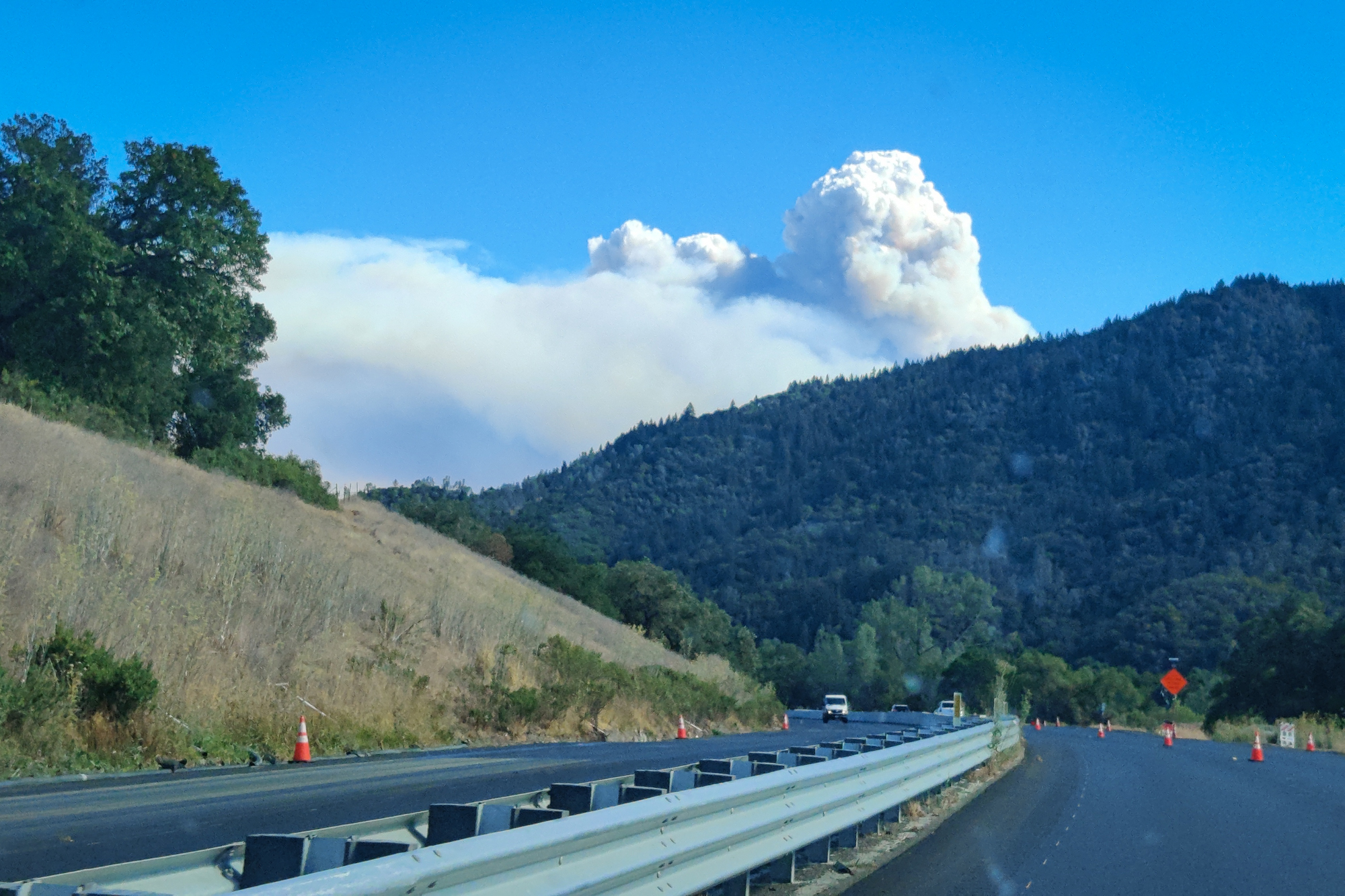
"Californians who lived through the 2020 fire siege - the state's worst fire year on record by some measures - vividly remember the dry lightning storm of Aug. 15. The 2020 fire season burned more land than any in recorded state history, reshaped firefighting strategy and left thousands of people - from mountain residents to state officials - permanently changed. As climate change fuels hotter summers and more explosive blazes, the lessons of 2020 matter more than ever."
"But now, with 40 million people on that land, it's a problem like it has never been before. "We woke up in the middle of the night to lightning strikes all over the place. It was beautiful, but also terrifying," said Leigh-Anne Lehrman. "I'm not sure I would have believed that before," Lehrman said. "I always associated family with our home, but now we can reconstitute our family dynamic in any room that we are in.""
An intense dry lightning storm on Aug. 15, 2020 triggered simultaneous blazes that made 2020 the most destructive fire season in California history by several measures. The season burned more land than any recorded year, reshaped firefighting strategy, and permanently altered the lives of thousands from mountain residents to state officials. Climate change is increasing heat and fueling more explosive blazes, raising fire risk across landscapes now inhabited by about 40 million people. Affected residents report changed priorities, learning to value minimal possessions and family over place. Practical advice includes preparation, securing insurance even for renters, and recognizing life continues after loss.
Read at Kqed
Unable to calculate read time
Collection
[
|
...
]